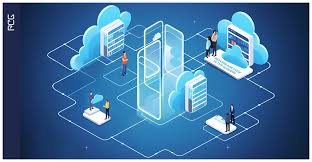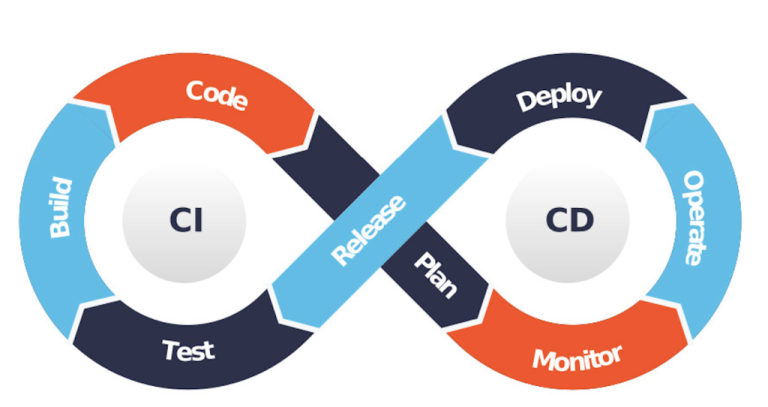Low-Code and No-Code Development: The Future of App Creation
Low-code and no-code development platforms have revolutionized the way applications are built, allowing individuals and businesses to create software without extensive coding knowledge. Traditional development methods often require months of planning, coding, testing, and deployment, making it difficult for startups and enterprises to launch new applications quickly. Low-code and no-code platforms simplify this process by providing drag-and-drop interfaces, pre-built templates, and visual workflows that enable rapid application development.
Low-code platforms, such as OutSystems, Microsoft PowerApps, and Mendix, are designed for developers who want to speed up development while still having the flexibility to write custom code when needed. These platforms provide reusable components, database integrations, and automation capabilities, significantly reducing development time. No-code platforms, such as Bubble, Adalo, and Webflow, cater to non-technical users, allowing them to build applications through an intuitive visual interface without writing a single line of code.
One of the biggest advantages of low-code and no-code development is accessibility. Small businesses, entrepreneurs, and non-technical teams can create applications without hiring expensive developers. This democratization of software development empowers innovation, enabling more people to turn their ideas into functional applications. Moreover, enterprises can use these platforms to build internal tools, automate business processes, and prototype new applications before investing in full-scale development.
However, low-code and no-code development are not without challenges. These platforms may have limitations in scalability, customization, and security. Complex applications that require intricate backend logic or high-performance optimizations may still require traditional coding. Additionally, businesses relying on third-party platforms must consider vendor lock-in and potential data security risks.
Despite these challenges, the future of low-code and no-code development looks promising. As AI-driven automation improves, these platforms will become more powerful, offering advanced integrations, AI-assisted development, and enhanced security features. Organizations that embrace low-code and no-code development can accelerate their digital transformation, reduce costs, and bring products to market faster than ever before.






